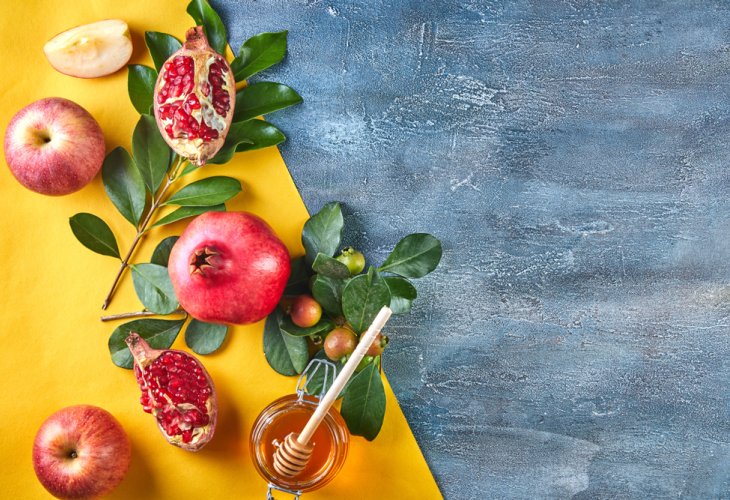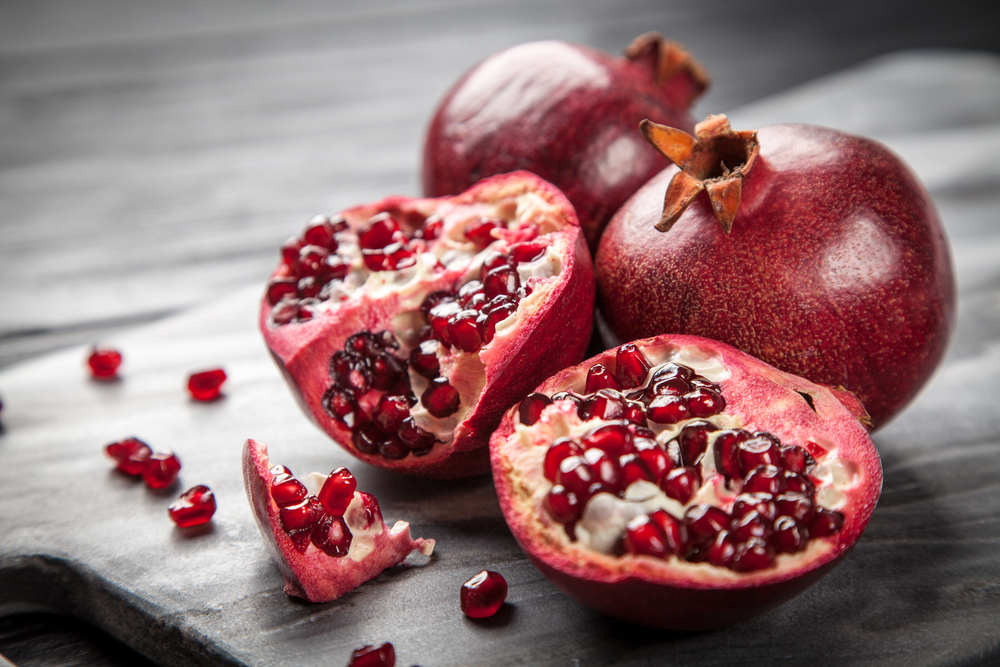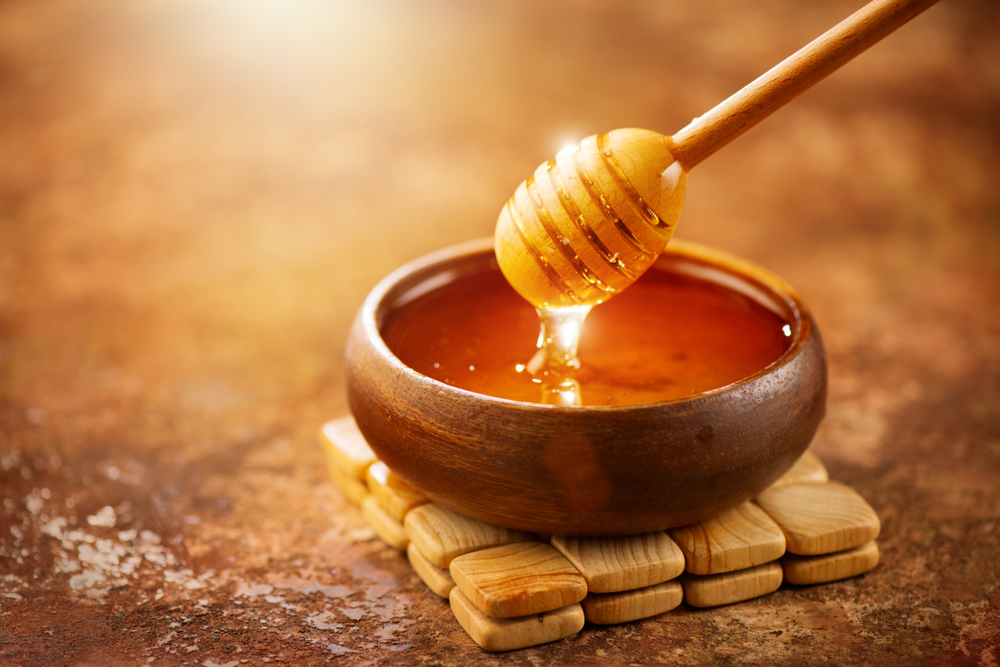Signs for a Healthy Year: The Nutritional Benefits of Rosh Hashanah Symbols
The symbols of Rosh Hashanah are not just symbolic or merely delicious; they are foods with significant nutritional value. Here are the symbols you should eat a lot of.
 (Photo: shutterstock)
(Photo: shutterstock)Unlike the symbols of the Passover Seder, which all herald the bitter end of our enemies, on Rosh Hashanah we also have some symbols that do not directly address our traditional enemies. Fortunately, the sages throughout the generations have chosen symbols with enormous nutritional values for us (well, not all of them; the head of animals is a source of a lot of fat), so it's unclear why we eat them only symbolically. Here are small touches from each symbol.
Pomegranate: Its ripening season is close to Rosh Hashanah. Perhaps because of this, we remember it now, though it's a shame we forget it right after the Fast of Gedalia. It is recommended to peel it close to the meal and not to settle for pre-peeled seeds from a factory because they taste less fresh. Not for nothing, exposure of the pomegranate's good oil to light and oxygen doesn't do them any good, rather it oxidizes (spoils) it.
 (Photo: shutterstock)
(Photo: shutterstock)Dates: Unlike the other dried fruits that Turkey and its neighbors are blessed with, dates grow along the Jordan Valley. Moreover, farmers in the country export dates to many countries worldwide. The date preferred by most Israelis is the Medjool date, which, although it appears dried, actually dries on the tree. Choose a date whose skin is not hard and separated from the fruit.
Apple: This is one of the most worthwhile fruits to eat. Not only because its glycemic index is the lowest relative to other fruits, meaning it contains the least sugar, but also because of its firm texture, which contributes to a feeling of fullness. It is said that those who eat an apple can't be wrong. Hence, whoever eats an apple on Rosh Hashanah might not see the doctor all year. Perhaps.
Honey: In ancient Egypt, Pharaohs were embalmed with a preservative after their death. Unlike them, we fill ourselves with a preservative while still alive, and many foods are responsible for that. Why do I say this? Because honey is an excellent preservative, provided you bought honey that wasn't heated. Look for these words on the jar.
 (Photo: shutterstock)
(Photo: shutterstock)Leek (Karti): The sages call it Karti, but many people call it leek. Its taste is reminiscent of an onion, only here you also benefit from chlorophyll with all its virtues. The chlorophyll comes from the green color of the leek. Don't fry vegetable omelets in a lot of oil and ruin the nutritional value; instead, prepare baked vegetable patties in the oven placed on baking paper.
 (Photo: shutterstock)
(Photo: shutterstock)Black-eyed peas (Egyptian bean): Most opinions agree that this is the meaning of the name Rubia. What we have here is a legume that adds plant protein to the holiday meal. The Egyptian bean is good for everyone, except for those who suffer from a deficiency in the enzyme G6PD. Don't worry. Those who lack it hear the news right after they are born.
Beet and Beet Greens: The best way to eat beet is when it isn't cooked, using the Raw food method. Simply grate fresh beet and season. Of course, you can also cook the beet, just don't forget to drink the cooking water. Regarding the leaves, they are rich in chlorophyll and vitamin K. Don’t combine them with the aforementioned omelet but instead in a green salad.
Carrot: The carrot enriches our festive menu with its orange color, along with all its beta-carotene. This way, we can take a good, healthy look at the new year.
Want to learn more? Purchase the series of lectures "Growing Healthy" by naturopath Sarah Bar-Asher at the Jewish Campus of Hidabroot.
Sarah Bar-Asher is a naturopath and lecturer on nutrition and the food industry. Barasher@zahav.net.il

